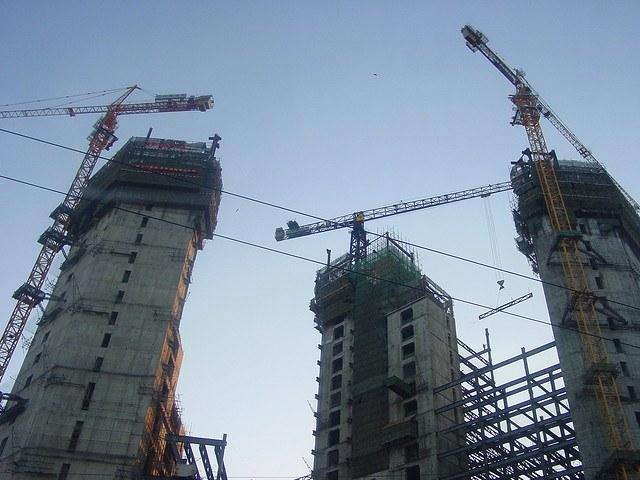
By Graham Sprigg
A recent report, Global Green Building Market Outlook 2020, anticipates that the global green building market should grow at a compound annual growth rate of around 13 percent between 2015 and 2020. But it is worth wondering how the building sector can be made even greener.
A major report on the building and construction sector, Greening the Building Supply Chain by the United Nations Environment Program’s Sustainable Buildings and Climate Initiative (UNEP-SBCI), finds that “greening the building supply chain is a necessary precondition for up-scaling delivery of green buildings and realizing the associated sustainability opportunities on a commercially-viable and widespread basis.”
The scope of the report extends beyond the well-established benefits associated with green buildings themselves (such as energy efficiency). It is intended to help stakeholders better understand resource use in the building and construction supply chain as a whole, and to identify opportunities to promote greater resource efficiency in the sector as well as and contribute toward wider socioeconomic goals.
For this purpose, the report introduces a simplified representation of the building supply chain comprising two key dimensions: (i) the building delivery and management process and (ii) priority material supply chains.
The building delivery and management process describes the way buildings are designed, delivered and occupied. The simplified process consists of five stages: concept definition, design, construction, in-use and end-of-life. For each stage except end-of-life, the report describes the main scope, stakeholders and barriers to greening the supply chain, then reviews potential green interventions, which are also illustrated through case study examples.
For 10 priority material supply chains (aluminium, brick, cement, flat glass, mineral wool, plasterboard, polystyrene, polyurethane, steel and timber), the report introduces the concept of a ‘heat map,' developed by Karlsruhe Institute of Technology and University of Kassel, to examine the relative environmental impacts and the potential for reduction.
The ultimate outcome of this work is a set of recommendations to inform future work programs of UNEP-SBCI and partners. The identified recommendations also served to inform the development of the new Sustainable Buildings and Construction (SBC) program which is co-led by UNEP, and part of the 10 Year Framework of Programs (10YFP) on Sustainable Consumption and Production.
The SBC program was launched on April 20 in Nairobi, Kenya, and aims to foster a clearer understanding and appreciation of sustainable buildings among relevant stakeholders and to identify the knowledge, resources and incentives required to build, maintain and use them. It also aims to ensure that structures are healthy to live and work in; that they use land, energy, water and other key resources sustainably; that they respect environmental limits and are responsive to climate change; and that they contribute to the social and economic development of the communities in which they stand.
Image credit: Flickr/kalmyket
Graham Sprigg is the founder of IMS Consulting, a Bristol-based organisation specialising in helping businesses to develop sustainability strategies and engage and communicate with stakeholders. He works extensively in the construction sector, delivering Sustainability and Corporate Responsibility Reports, Roadmaps and communications programmes.
For further information, please contact Graham: graham.sprigg@imsplc.com; +44 (0)117 325 0612.
TriplePundit has published articles from over 1000 contributors. If you'd like to be a guest author, please get in touch!














